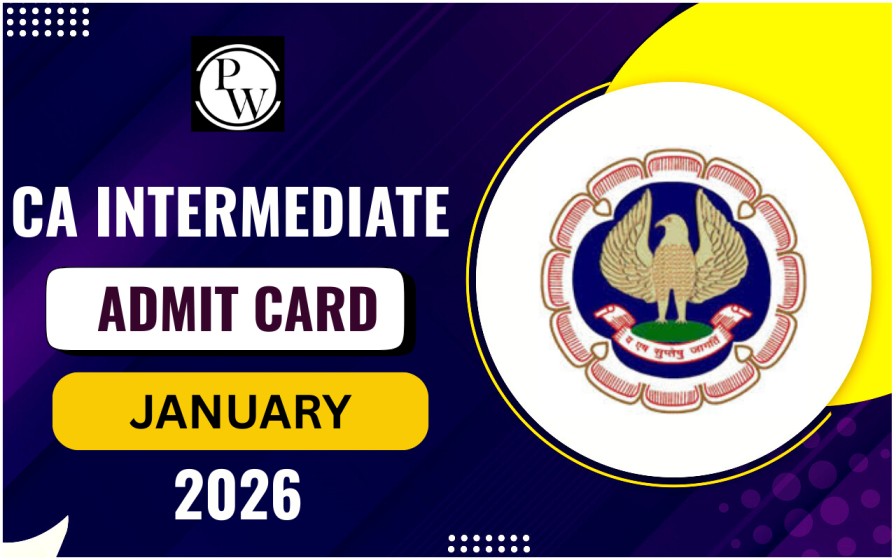
Inventory management is crucial for both aspiring professionals and business owners. This article will help you understand what inventory management is for CA Exams , why it's vital for modern companies, and explore various career opportunities in this field.
What is Inventory Management?
Inventory management involves overseeing a company's stock of goods, from production to sale. This process includes ordering, storing, and handling raw materials, components, and finished products. Good inventory management ensures smooth operations, helps businesses stay organized, and provides valuable insights. It allows companies to respond to market trends, prevent supply chain disruptions, and maintain profitability.Importance of Inventory Management
Inventory management plays a crucial role in controlling production, warehouse expenses, and order fulfillment. By effectively managing inventory, businesses can keep costs under control, maintain optimal stock levels, and reduce excess inventory. Here are some key benefits of a robust inventory management strategy:- Helps lower expenses and save money.
- Avoids unnecessary costs on warehouse storage.
- Streamlines the space required for inventory.
- Cuts down on losses, enhancing financial health.
- Provides insights to predict future sales.
- Ensures timely deliveries, keeping customers happy.
Also Check: Inventory Valuation
Inventory Management Challenges
Managing inventory effectively is essential for running a successful business. Here’s a closer look at some common problems companies face:- Too Much Inventory : When a company keeps more products than it can sell, it ties up money and storage space. Excess inventory can lead to unsold goods that might eventually become obsolete.
- Not Enough Inventory : On the flip side, if a business doesn’t have enough stock to meet customer demand, it can miss out on sales. This can lead to customer frustration and lost revenue.
- Tracking Problems : Keeping track of inventory accurately is crucial. Poor tracking can result in discrepancies, where the actual stock doesn’t match the recorded amount. This can lead to overstocking or stockouts.
- Outdated Processes and Systems : Using old or inefficient inventory management systems can slow down operations and lead to errors. Modern, automated systems are often more effective in managing stock levels and orders.
- Changing Customer Demands : Customer preferences can shift frequently. If inventory management doesn’t adapt to these changes, a business might struggle with either too much of one type of product or not enough of another.
- Navigating the Warehouse : In large warehouses, finding specific products can be time-consuming and difficult. An organized layout and efficient picking processes can help reduce the time spent searching for items.
Types of Inventory
There are four main types of inventory:Raw Materials: These are the basic materials used to make products, such as metal, plastic, fabric, or wood. They are used in the initial stages of production and come from various suppliers.
Work-in-Progress (WIP): These are products that are not yet finished. WIP includes costs like labor, raw materials, and equipment, which are added to the final cost of goods once the product is completed.
Finished Goods: These are fully completed products ready for sale to customers. Once a WIP is finished, it becomes part of the finished goods inventory.
Maintenance, Repair, and Operations (MRO) Supplies: These are items used in the production process but not included in the final product. Examples include safety equipment, office supplies, and cleaning materials.
In addition to these, companies might also manage less common types of inventory, such as safety stock, packing materials, and transit inventory. Different businesses have their own methods for categorizing inventory.Methods of Inventory
Depending on the business type or product, companies may use different methods to manage their inventory. The most common methods include Just-in-Time (JIT) Manufacturing, Materials Requirement Planning (MRP), Economic Order Quantity (EOQ), and Days Sales of Inventory (DSI). Here's a look at how each method works:Just-in-Time (JIT) : Developed in Japan by Toyota in the 1960s and 1970s, JIT aims to minimize inventory costs by ordering only what is needed to meet production and sales needs within a specific timeframe. This approach reduces storage and insurance costs but can be risky. A sudden increase in demand or delays in receiving materials can disrupt production and damage customer relationships.
Materials Requirement Planning (MRP) : MRP relies on sales forecasts to determine the inventory needed and coordinate with suppliers. For example, a ski manufacturer might use MRP to ensure it has enough materials like plastic and fiberglass based on anticipated orders. Accurate forecasting is crucial to avoid shortages and fulfill orders on time.
Economic Order Quantity (EOQ) : EOQ helps companies determine the optimal order size to minimize total inventory costs, including holding and ordering costs. The model assumes constant demand and seeks to balance these costs by ordering enough to avoid frequent orders and excess inventory.
Days Sales of Inventory (DSI) : This ratio measures the average number of days it takes for a company to convert its inventory into sales. Known by various names like average age of inventory, a lower DSI indicates faster inventory turnover, which is generally favorable. However, what constitutes a "good" DSI can vary by industry.
Boost your CA exam success with PW CA Courses! Enroll now to access expert guidance, comprehensive materials, and tailored strategies. Don’t miss out—start your journey to becoming a Chartered Accountant today!| Also Check | |
| Tax Evasion | Optimal Capital Structure |
| Taxation of E-Commerce | Fraud Detection and Prevention |
| Marginal Costing | Benefits of Standard Costing in Manufacturing |
Inventory Management FAQs
What is inventory management?
Why is inventory management important for businesses?
What are the common challenges in inventory management?
What are the main types of inventory?
What are some common methods of inventory management?










